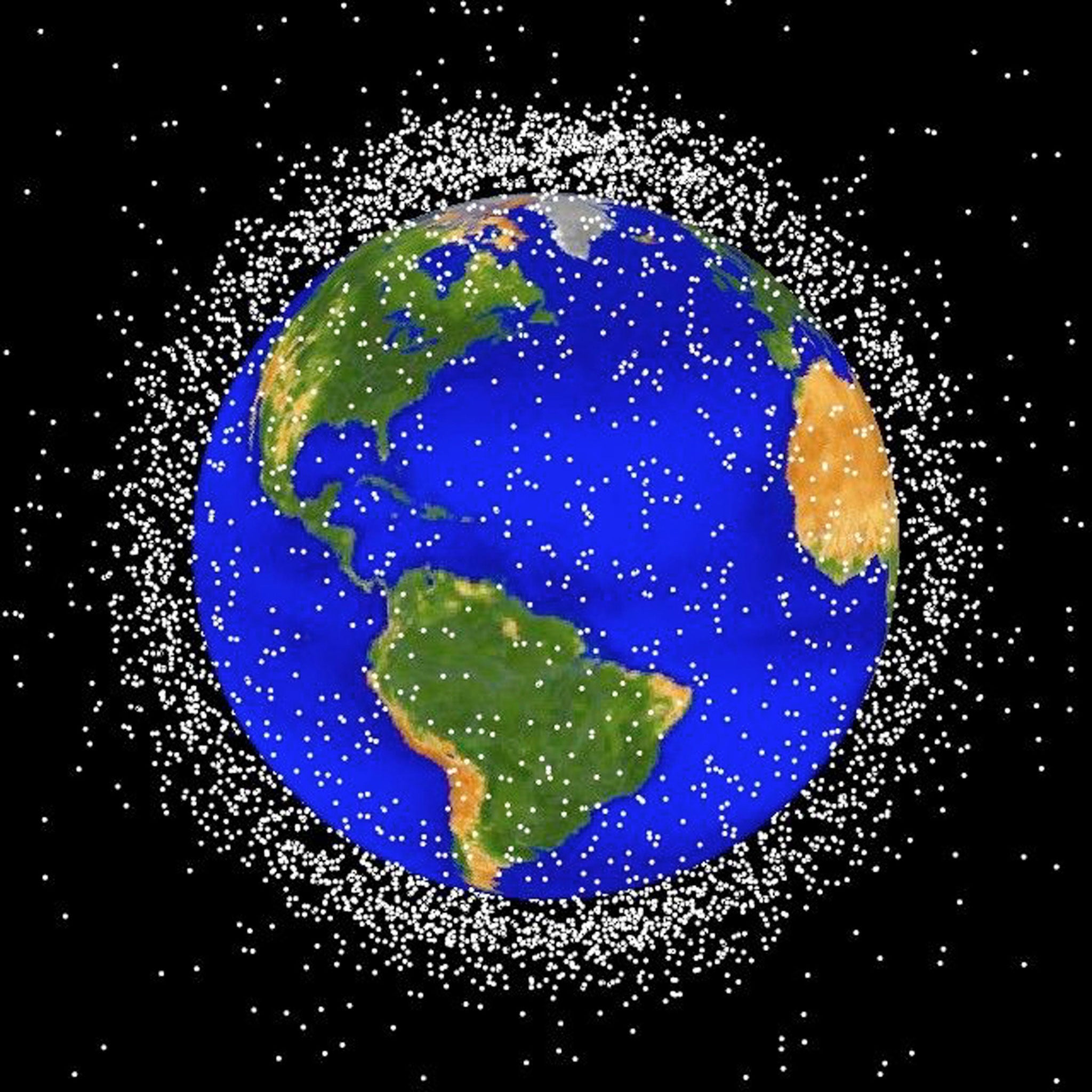Harpoon impales and captures space junk floating in orbit
RemovalDEBRIS test follows years of collaboration between Airbus, the University of Surrey and the Surrey Satellite Technology firm
Your support helps us to tell the story
From reproductive rights to climate change to Big Tech, The Independent is on the ground when the story is developing. Whether it's investigating the financials of Elon Musk's pro-Trump PAC or producing our latest documentary, 'The A Word', which shines a light on the American women fighting for reproductive rights, we know how important it is to parse out the facts from the messaging.
At such a critical moment in US history, we need reporters on the ground. Your donation allows us to keep sending journalists to speak to both sides of the story.
The Independent is trusted by Americans across the entire political spectrum. And unlike many other quality news outlets, we choose not to lock Americans out of our reporting and analysis with paywalls. We believe quality journalism should be available to everyone, paid for by those who can afford it.
Your support makes all the difference.Engineers have tested a harpoon designed to capture space junk for the first time.
The RemoveDEBRIS mission is hoping to address the issue of debris in space left over by past rockets and other deployments, with between 16,000 and 20,000 pieces being tracked orbiting Earth.
The successful test follows years of development by a joint initiative including British efforts from Airbus, the University of Surrey and the Surrey Satellite Technology firm.
Airbus carried out the experiment last week. A harpoon pierced through the skin of a sample piece of debris being dangled on a boom at about one and a half metres away from the spacecraft. Once hit, a barb is deployed on the debris to secure it.
Although it is still a number of years away from operational use, the experiment is a major step towards cleaning up space junk, as the number of spacecraft launches continue to increase.
Astronaut Tim Peake previously revealed the damage that orbital junk can cause spacecraft, when he shared an image of a chipped window panel on board the International Space Station in 2016.
It is believed that something as small as a paint chip could have caused the damage, as it hurtled towards the International Space Station.
When in full operation, scientists aim to make the harpoon fire at debris up to 30 metres away.
Engineers back on Earth are still trying to work out how the system can be used to target moving objects.

A previous RemoveDEBRIS experiment demonstrated how a net could be used to catch potentially dangerous pieces of rubbish orbiting the Earth. Next, the group are expected to test the drag sail part of the test on 12 March.
“Successful in-space demonstration of the harpoon technology is a significant step towards solving the growing issue of space debris," said Chris Burgess, Harpoon Lead Engineer at Airbus Defence and Space.
Professor Guglielmo Aglietti, director of the Surrey Space Centre at the University of Surrey, added: “This is RemoveDEBRIS’ most demanding experiment and the fact that it was a success is testament to all involved. The RemoveDEBRIS project provides strong evidence of what can be achieved with the power of collaboration – pooling together the experience across industry and the research field to achieve something truly remarkable.”
Additional reporting from agencies.

Join our commenting forum
Join thought-provoking conversations, follow other Independent readers and see their replies
Comments